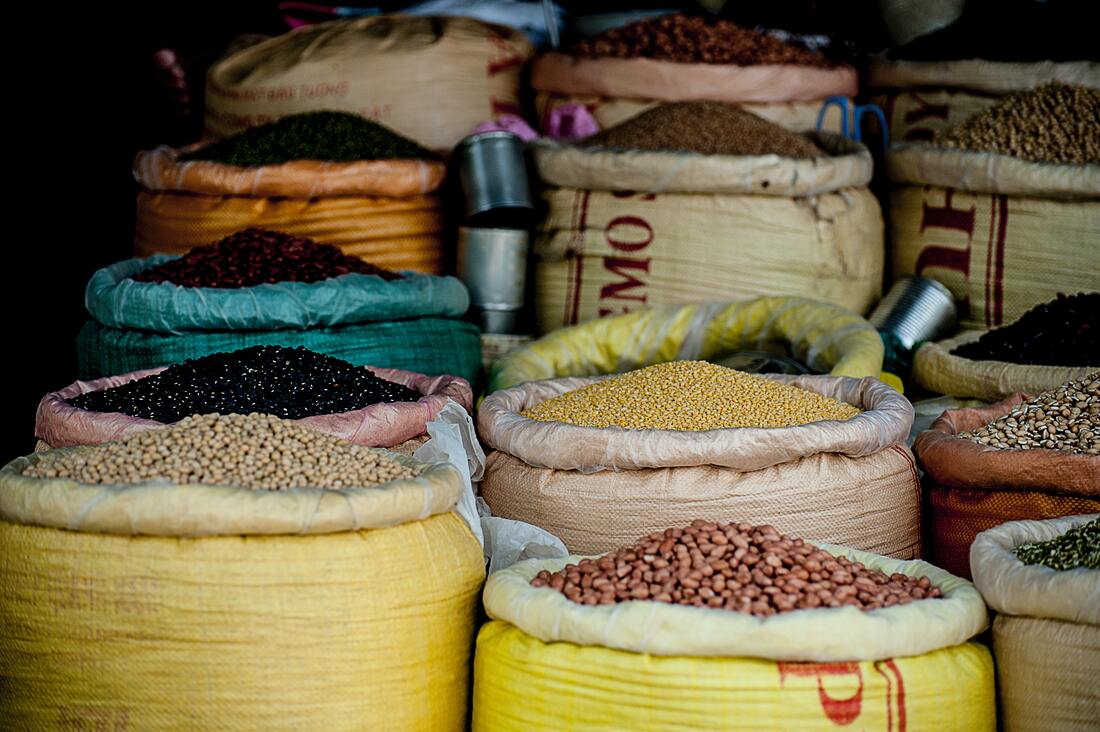|
* SPOILERS ALERT * TAKE ME TO A SAFE BLOG WITH NO SPOILERS When I was writing about Sābanto, I did not think of Riverlea as a specific place on earth, because food insecurity can happen anywhere in the world. On November 26th, 2022, Ukraine celebrated its 90th anniversary of the horrific time of the Holodomor and commemorated the millions of people who died between 1932 and 1933. I was reminded of this event while writing Sābanto, and the book took on a new meaning and symbolism for me.
What exactly was the Holodomor? When the Soviet Union preached the new world order to the masses, collectivization was their remedy for all the problems that existed in farming at the time. The idea was that if private land was merged into a large state-owned farm, the farmers would continue to work it as a group and that in turn would improve food distribution for everyone. There have been many articles and books that discuss why this was destined to fail, and I won’t go into much detail about it here, but Ukraine was in a very different situation than the rest of the Soviet Union at the time. Ukraine was divided between the Austrian and Russian Empires in the 18th century. It declared independence after WWI, but lost the fight against the Bolshevik Red Army after three years and was forcibly included in the USSR. The resistance and the need for an independent Ukraine were strong, which angered Soviet leader Joseph Stalin, who used repression and genocide to control any unrest. One of the tools that he used to accomplish this was forced collectivization of agriculture, and those who were opposed to it were given unreasonably high grain quotas. It left the farmers of fertile soil with nothing to eat themselves. With their grain stolen, and being unable to leave their villages, the farmers died of starvation. It is estimated that between 3 and 12 million people died in Ukraine as a result. White and Friends used the people of Riverlea similarly to the way Stalin and the USSR used the Ukrainian farmers. Because of his hatred of Gutters and their resistance, White controlled the shipments of food that went to the island city. In the first chapter of Sābanto, we learn that White is sending rotten onions to the other side of the river rather than more nutritious food. He does not care that his decision will cause deaths and he is even proud of his cunning politics. While many people of Riverlea die every year of starvation or get sick due to malnutrition, they are unable to leave the city, because of the control White had over access to Covedale. Friends’ goal in Sābanto is to use the lack of food to control the Gutters, who are a threat, and force them to surrender and reveal the secret of Riverlea. Food security is very important for everyone, and many countries struggle with feeding their own citizens, especially amid deteriorating climate conditions. The biggest threat to mankind, however, is those people who use food or any other resources needed to live as a weapon to keep others under control. Terrorists around the world, either in Syria, South Sudan, Yemen, or Russia to name a few, used or are using these tactics to advance their conflicts. How this can be prevented in the future is an important question, but so far there are no practical solutions.
0 Comments
Leave a Reply. |
Archives
April 2023
Categories |

 RSS Feed
RSS Feed



